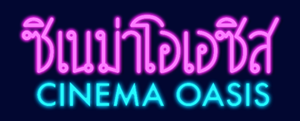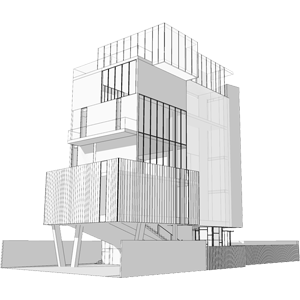Filmmaker in Focus : Banchong Kosallawat
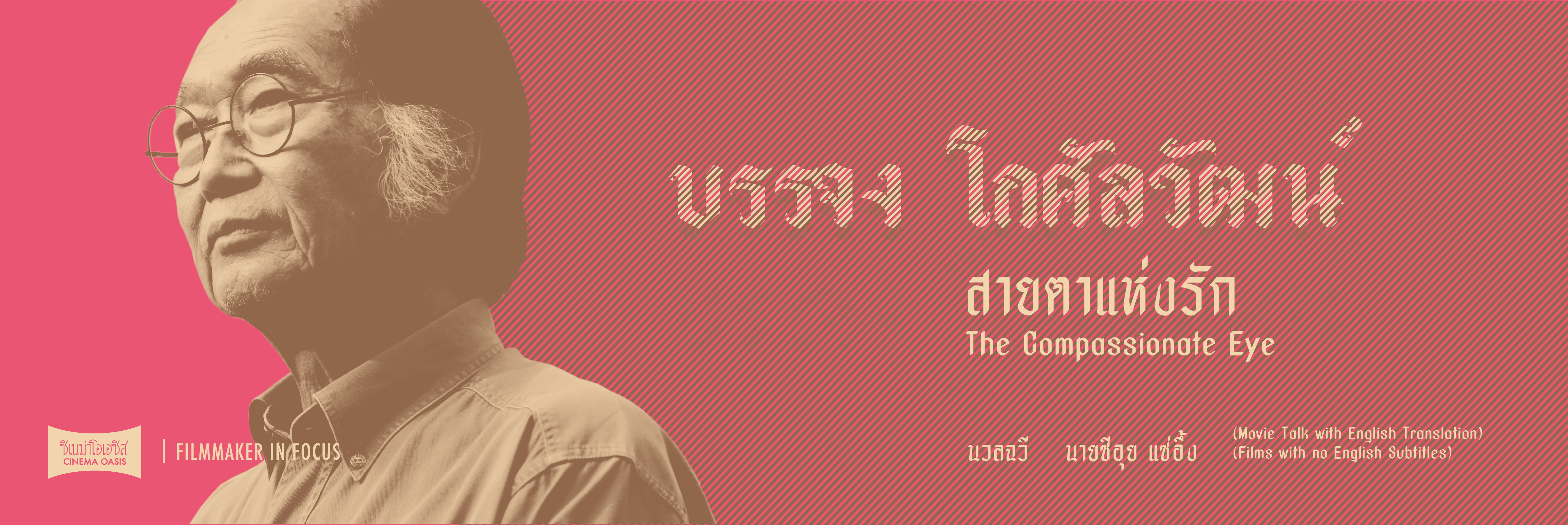
Filmmaker In Focus
Banchong Kosalwat: The Compassionate Eye
15 February 2020
at Cinema Oasis
“Ajarn Banchong’s personal approach to cinema is characterised by a constant compassion towards the tragic subjects he filmed. We celebrate his dual commitment to cinema, both as a professor and as a film practitioner, a transmitter of knowledge and a fervent storyteller, as well as his struggle against censorship.”
Curated by Aliosha Herrera and Manit Sriwanichpoom
(All in Thai ; Sorry NO English Subtitles)
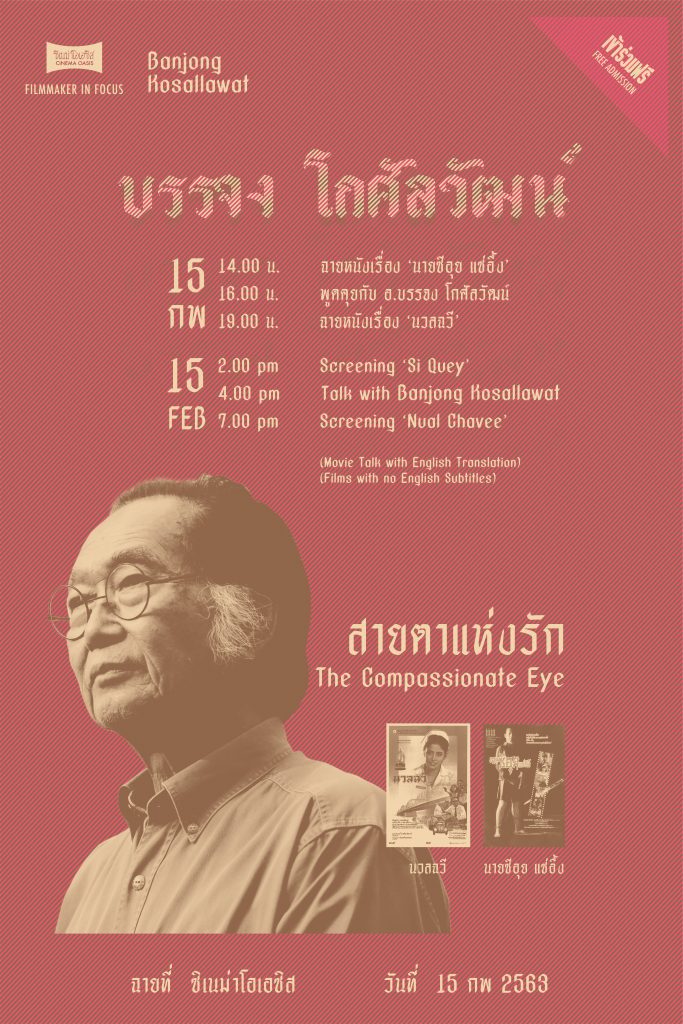
Banchong Kosallawat: The Compassionate Eye
Inside Banchong Kosallawat’s office at Kasem Bundit University, where he has been teaching cinema and digital media for over ten years, a black and white photograph takes pride of place, portraying him during the shooting of his first feature film in the mid-eighties. He stands on a dolly and raises his arm with intense concentration, surrounded by his team. All of the walls in this room, covered with colourful posters of his works, illustrate his dual commitment to the “seventh art”, both as a professor and as a film practitioner, a transmitter of knowledge and a fervent storyteller.
Born in 1943 and raised in an artistic environment, Ajarn Banchong followed the path of his renowned father, Khit Kosallawat, and started his journey into visual arts as a painter. He entered the Poh Chang School of Art and Crafts in 1960, and continued his apprenticeship at Silpakorn University in 1964. His realistic canvases have been displayed in Thailand and abroad on various occasions, including during duo exhibitions with Thawan Datchani, Kamon Thatsananchali and Chakraphan Potsayakrit. The Rockefeller Foundation granted him a scholarship to help him further his studies in the United States. But, once arrived in Northern America, the talented young man, eager for new experiences, soon immersed himself in the thriving underground film community and developed a passion for moving images. In the late sixties, after attending classes on avant-garde and experimental cinema at the Millennium Film Workshop in New York, he decided to take cinematography courses at New York University. Equipped with a Bolex 16 mm camera, he made his first short films, presented under enigmatic titles such as Eye, Gamma, Vortex and The Crossing, awarded in several festivals.
After his return to Bangkok, he was invited to teach filmmaking at Thammasat University’s Faculty of Journalism and Mass Communication. He became the very first professor specialised in this field of study in Thailand, and greatly contributed to its establishment as a full-fledged academic discipline in Thai higher education. He then completed a Master’s degree in Fine Arts at Temple University, Philadelphia, and adopted a documentary style in his last short films – from Pacer (1976), an uncanny depiction of the horse racing industry, to Navajo (1978), a tribute to the Navajo Native American people, with whom he stayed for six months in a reservation. His personal approach to cinema, characterised by a singular use of long takes and a constant compassion towards the tragic subjects he filmed, evolved throughout his career marked by seven long feature films. He also distinguished himself as one of the very few Thai directors, along with “Thanmui”, who made sound films in the eighties. This practice had become extremely rare since the fall of the Si Krung Sound Film company, only perpetuated by confirmed aesthetes such as Rat Pestanyi and his faithful sound engineer Pong Asawinikun. Meanwhile, for almost forty years, Ajarn Banchong never stopped teaching cinema, and appeared as a mentor to many younger Thai filmmakers.
The next edition of the “Filmmaker in Focus” programme will highlight two of his most prominent films, inspired from real murder cases and imbued with vivid reflections on society, crime and punishment: Nual chavee (1985) and Nai Si Quey Sae Uen (1991).
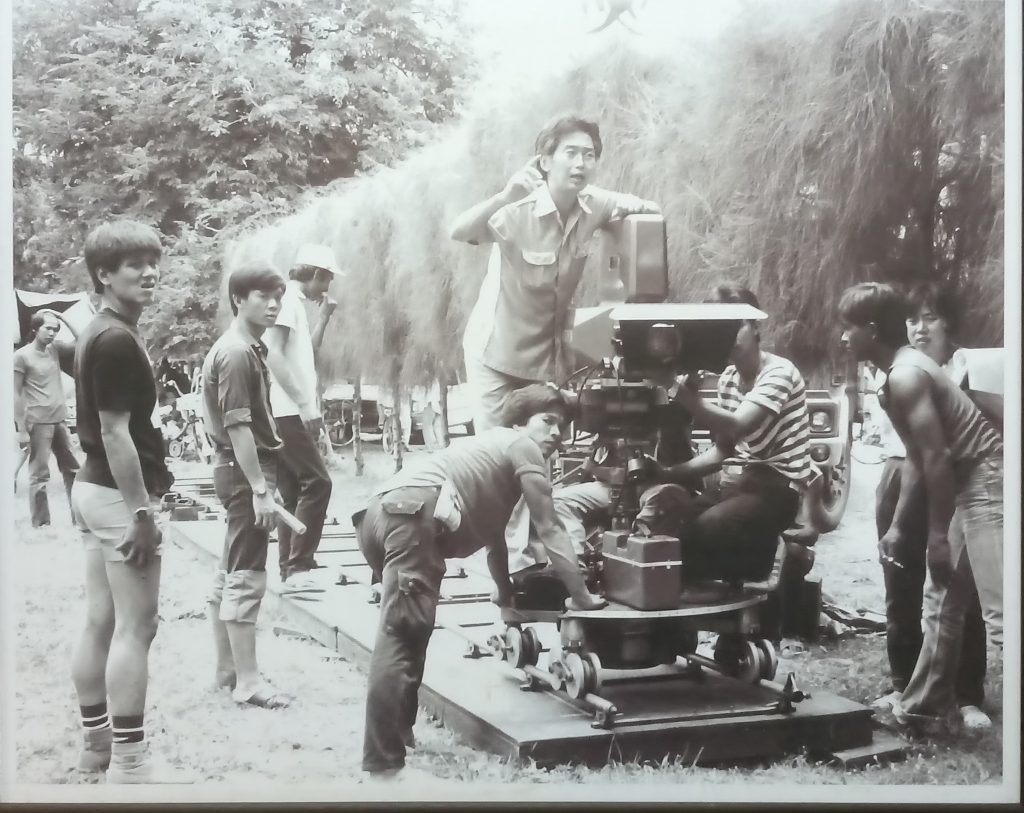
Filmography (feature films)
- Nual chavee (1985)
- Khamsing (1986): The journey of an ex-temple boy compelled to become a muay thai boxer to earn a better life, from his humble beginnings in Isan to his rise to stardom in Bangkok.
- Sai nam mai lai klap (1987, “The River of No Return”): the story of an ill-fated girl deprived of her freedom after being deceived by a womanizer and forced into prostitution.
- Nai Si Quey Sae Eun (1991)
- Raeo kwa chai khlai khuen fan (1993, “Faster Than Hearts, Far Beyond Dreams”): a “youth-run-wild” melodrama hinting at the dangers of drugs and featuring motorcycling as a symbol of rebellion and restlessness in a teenage wasteland.
- Khu Kam 2 (1996, “The Fated Lovers, part 2”): the sequel of Khu Kam, adapted from Thommayanti’s famous novel and settled in the pre-October 1973 context.
- Atsachang haeng chiwit Mo Saeng (unreleased, “Doctor Saeng, Miracle of Life”): a period drama film about one of the last practitioners of traditional Thai herbal medicine, adapted from one of the short stories compiled in Mom Ratchawong Kukrit Pramoj’s Lai chiwit (“Many lives”).
